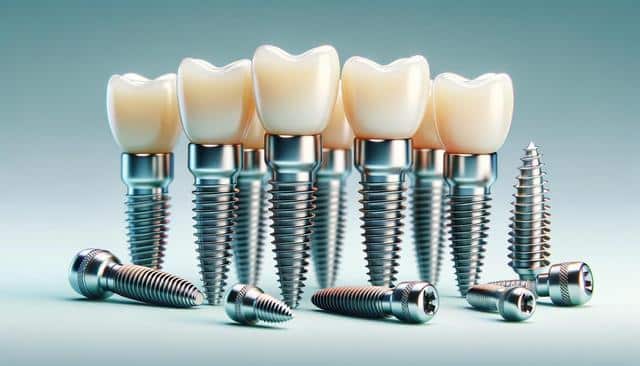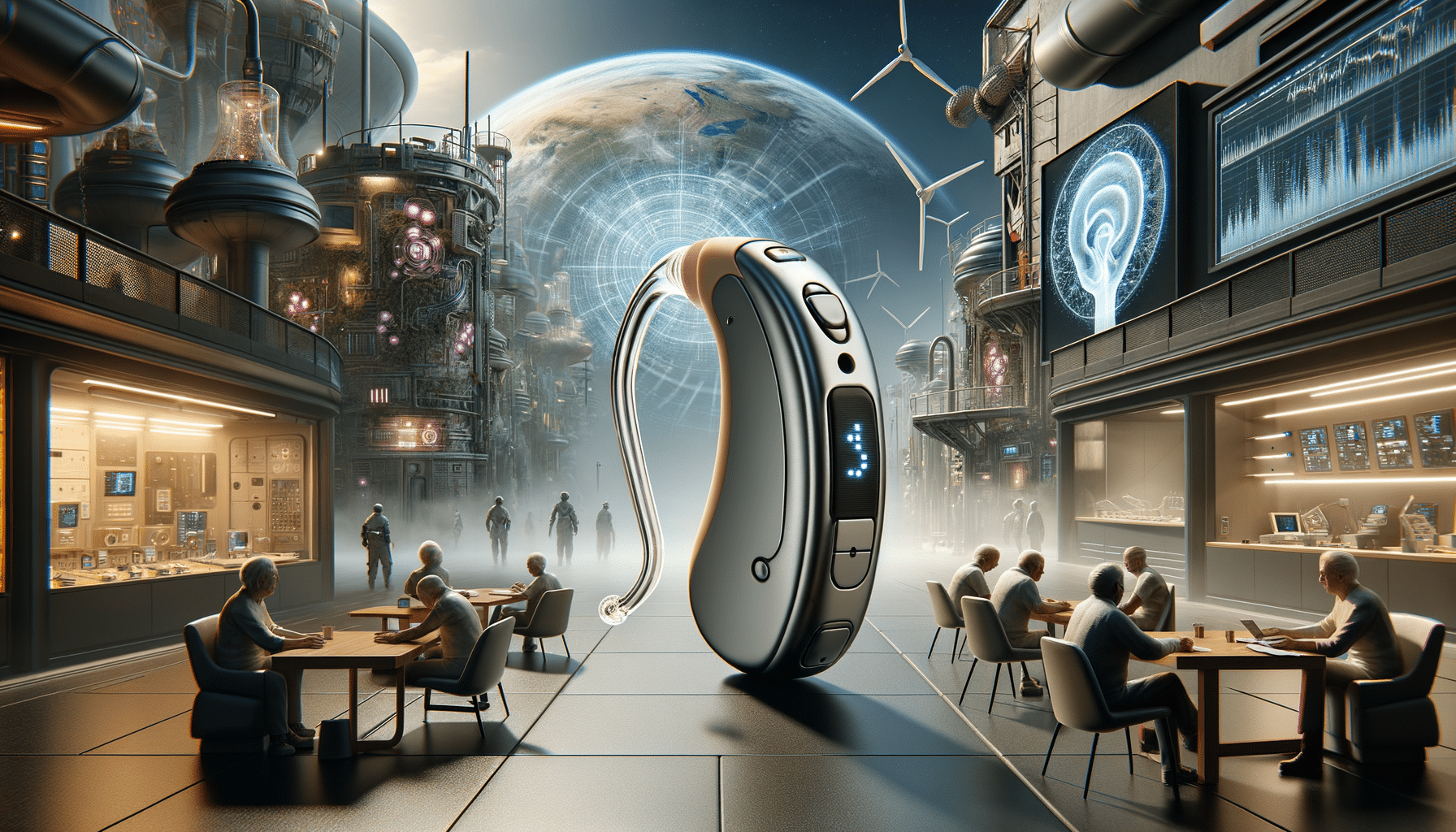
How Screwless Implants Enhance Dental Recovery
What Are Screwless Dental Implants?
Screwless dental implants represent a modern innovation in the dental industry, offering an alternative to traditional screw-retained implant systems. Instead of using screws to secure the prosthetic component to the implant fixture, these systems use a friction-fit or locking taper mechanism. This design allows for a secure and stable connection while eliminating the potential complications associated with screws, such as loosening or breakage. The development of screwless implants aims to simplify procedures and enhance overall patient outcomes.
One of the major design benefits of screwless implants is the reduction in mechanical components. By removing the need for screws, the system becomes less complex, which can streamline both the surgical and prosthetic phases. Additionally, the aesthetic outcome is often improved, as there is no need for an access hole in the crown, which can affect the appearance, especially in the front teeth. As a result, screwless implants are gaining popularity among dental professionals seeking precision and patient satisfaction.
Advantages for Recovery and Healing
One of the most compelling aspects of screwless dental implants is how they enhance dental recovery. Traditional implants with screws can sometimes irritate the surrounding tissues or require additional adjustments, which may prolong the healing period. Screwless systems, on the other hand, offer a more passive fit with minimal mechanical stress on the implant site. This often results in a more comfortable post-operative experience for patients.
Here are some ways screwless implants may contribute to a smoother recovery:
- Reduced inflammation due to fewer micro-movements at the implant-abutment interface
- Lower risk of screw-related complications such as loosening or fracture
- Minimized need for follow-up adjustments, reducing overall treatment time
- Improved soft tissue response around the implant site
These factors can contribute to a quicker return to normal function and lower discomfort levels after the procedure. For patients, this means a more predictable and manageable healing process.
Streamlined Prosthetic Procedures
The use of screwless dental implants also influences the prosthetic phase of treatment, making it more efficient for both clinicians and patients. Without the need to torque screws into place or adjust their tension, the placement of the crown or bridge can often be completed in less time. This can be particularly beneficial in multi-unit cases or full-arch restorations where multiple components need to be aligned accurately.
Additionally, screwless designs eliminate the need for screw-access holes, which can otherwise compromise the integrity of aesthetic restorations. This allows for a more natural and seamless appearance, especially in areas of the mouth that are highly visible. For prosthodontists and restorative dentists, this can reduce the number of steps and materials required, enhancing overall workflow efficiency.
Patients also benefit from this streamlined process, as it typically involves fewer appointments and shorter chair times. The simplified delivery of prosthetics can lead to increased satisfaction and less disruption to daily life during the treatment period.
Long-Term Maintenance and Reliability
Long-term maintenance is a critical consideration in any dental implant treatment plan. Screwless dental implants offer several advantages in this area due to their design and material characteristics. With fewer mechanical parts involved, there are fewer points of potential failure, which may reduce the need for future repairs or replacements. This can be especially valuable for patients seeking a long-lasting and low-maintenance solution.
Some additional benefits of screwless implants in terms of maintenance include:
- Improved seal at the implant-abutment junction, reducing bacterial infiltration
- Less risk of peri-implantitis caused by micro-gaps and screw loosening
- Ease of cleaning around the implant site due to smoother contours
- Consistent retention over time with minimal wear of connecting parts
These features can help preserve both the implant and surrounding oral structures, supporting long-term oral health. For clinicians, this means fewer complications to manage over time, and for patients, it translates to a more reliable and durable solution for missing teeth.
Considerations and Suitability
While screwless dental implants offer many potential benefits, they may not be suitable for every clinical situation. The success of any implant system depends on a variety of factors, including bone density, occlusion, and the patient’s overall oral health. Clinicians must evaluate each case individually to determine whether a screwless solution is appropriate. For example, in cases where retrievability of the prosthetic component is essential, a screw-retained system might still be preferred.
Additionally, the design of screwless implants may require more precise manufacturing and placement techniques, which can increase the importance of working with experienced professionals and high-quality laboratories. Patients considering this option should consult with their dental provider to understand the full scope of their treatment plan and the rationale behind the selection of the implant system.
Ultimately, patient education and informed decision-making play a key role in achieving successful outcomes. Understanding the advantages and limitations of screwless implants can help patients feel more confident and involved in their treatment journey.
Conclusion
Screwless dental implants represent a notable advancement in restorative dentistry, offering unique benefits in terms of recovery, aesthetics, and long-term maintenance. For patients seeking a more comfortable and efficient path to tooth replacement, this type of implant system can be an appealing option. By minimizing mechanical complications and enhancing tissue response, screwless implants contribute to a smoother healing process and a more satisfying final result. As always, it is essential for patients to discuss their individual needs with a qualified dental professional to determine the most appropriate treatment strategy for their specific situation.


